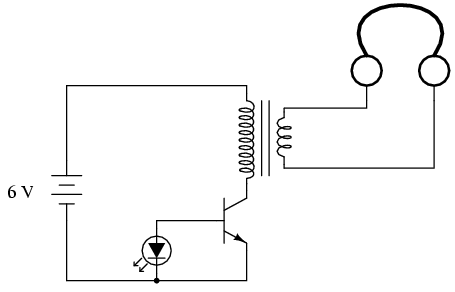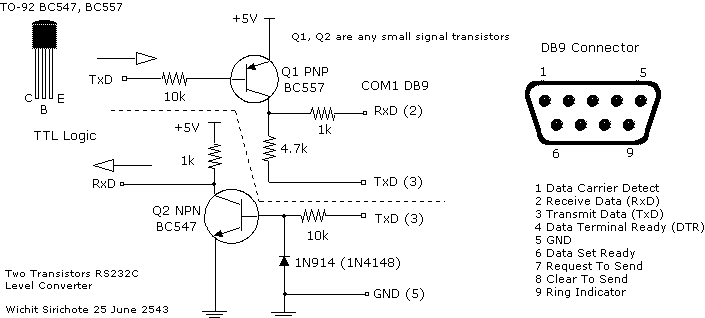
LED Light Sequencer using 555

This project utilizes a 555 integrated circuit (IC) to create a sequential LED flashing effect. The configuration allows the LEDs to illuminate in a specific order, making it suitable for use as an indicator for vehicles and bicycles when turning left or right.
The circuit design employs a 555 timer IC configured in astable mode to generate a pulse-width modulation (PWM) signal. This signal is responsible for controlling the sequential lighting of multiple LEDs. The output from the 555 timer is connected to a series of transistors or MOSFETs that drive the LEDs, ensuring that they can handle the required current without damaging the 555 IC.
In this setup, resistors and capacitors are used to set the timing characteristics of the 555 timer, determining the frequency and duration of the LED flashes. The circuit can be designed to light up the LEDs in a left-to-right or right-to-left sequence, depending on the desired application. Additional components, such as diodes, may be included to protect against reverse polarity and to ensure that the current flows in the intended direction.
The power supply for the circuit can be derived from the vehicle's battery, typically 12V for automobiles or 6V for bicycles, with appropriate voltage regulation if necessary. The design should also consider the use of a microcontroller for more complex sequencing patterns, should the application require it.
This LED indicator project not only enhances safety by providing clear signaling during turns but also adds an aesthetic appeal to the vehicle or bicycle. Proper placement of the LEDs is crucial for visibility and effectiveness in signaling to other road users.Another 555 IC project that will flash LEDs in such a way that light turns on in a sequence. You can use this as an indicator for turning left or right for vehicles and bikes. 🔗 External reference
The circuit design employs a 555 timer IC configured in astable mode to generate a pulse-width modulation (PWM) signal. This signal is responsible for controlling the sequential lighting of multiple LEDs. The output from the 555 timer is connected to a series of transistors or MOSFETs that drive the LEDs, ensuring that they can handle the required current without damaging the 555 IC.
In this setup, resistors and capacitors are used to set the timing characteristics of the 555 timer, determining the frequency and duration of the LED flashes. The circuit can be designed to light up the LEDs in a left-to-right or right-to-left sequence, depending on the desired application. Additional components, such as diodes, may be included to protect against reverse polarity and to ensure that the current flows in the intended direction.
The power supply for the circuit can be derived from the vehicle's battery, typically 12V for automobiles or 6V for bicycles, with appropriate voltage regulation if necessary. The design should also consider the use of a microcontroller for more complex sequencing patterns, should the application require it.
This LED indicator project not only enhances safety by providing clear signaling during turns but also adds an aesthetic appeal to the vehicle or bicycle. Proper placement of the LEDs is crucial for visibility and effectiveness in signaling to other road users.Another 555 IC project that will flash LEDs in such a way that light turns on in a sequence. You can use this as an indicator for turning left or right for vehicles and bikes. 🔗 External reference




